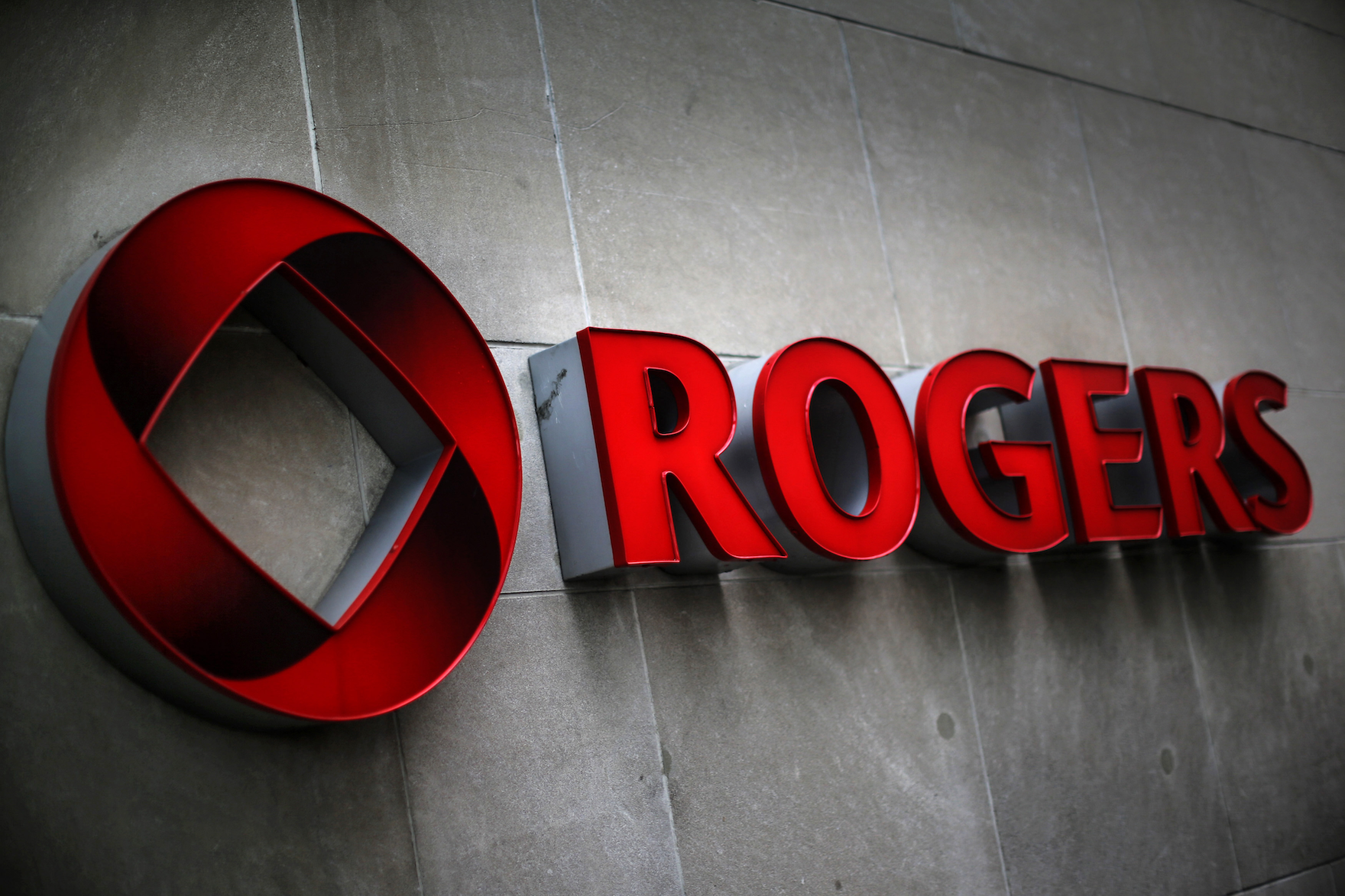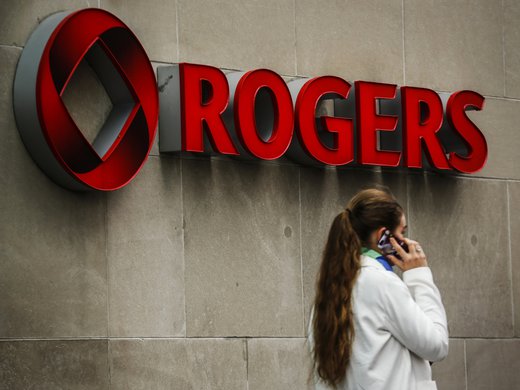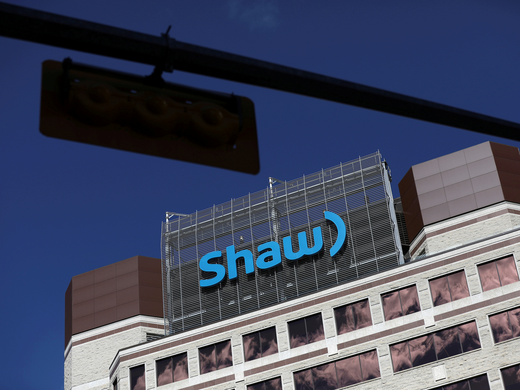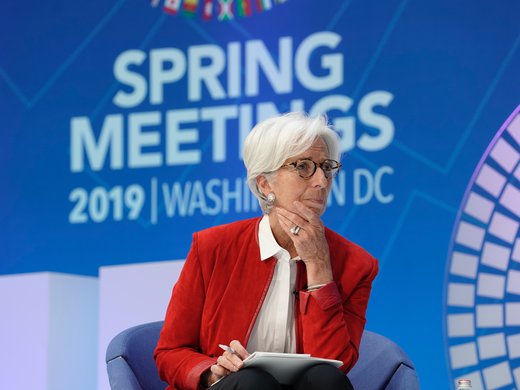As Canadians awoke on July 8 to the massive Rogers cell network and internet outage, I sat at home gratefully using my unaffected Bell Fibe internet to scroll through Twitter. The outage had reminded me of the great blackout of 2003, which caused most of the northeastern United States and much of Ontario to lose power, and I wanted to see if other people felt the same way.
That blackout came just as Canada was on the cusp of a rapid wave of digitization, before smartphones were ubiquitous and well before many people could work from anywhere that had an internet connection. On Twitter, many people shared fond memories of that time with me: eating their freezer’s ice cream before it melted, chatting with neighbours outside, even volunteering to direct traffic.
A defining feature of that moment, though, is that the internet was only a “nice to have.” Apple’s App Store wouldn’t launch for another five years, and it was a pretty big deal to have a camera phone at the time – if you even had a cellphone.
Things are very different today. Enormous advances in mobile tech have made Canada’s telecoms enormously powerful, and that power has consolidated in just five major players. That number threatens to get smaller, too, with the proposed Rogers-Shaw merger currently under review by Canada’s Competition Bureau. If the deal goes through, the company that caused so many Canadians to lose connection with each other would serve roughly 40 per cent of all households in English Canada.
For me, though, the outage of Rogers cellular and wireless services was not primarily about the need for competition reform in Canada. Instead, it reinforced the idea that our telecommunication networks are vital public infrastructure that is controlled by private corporations. We’ve lost sight of that balance, despite the ways we rely on those networks.
The Rogers outage took out Interac services, meaning countless payment terminals across Canada were forced offline, prompting retailers to turn away customers if they didn’t have cash. The ArriveCAN app, already plagued by issues, was knocked out of service altogether. Passport offices were shut down; the poison control hotline in Newfoundland and Labrador was shut down; even some wading pools in Toronto were closed, owing to a need for an operating cellphone on site.
According to a recent survey from Statistics Canada, 45 per cent of Canadians have cellphones but no landline service, meaning their cellphones are their conduits to society. The network is also necessary for emergency services, such as 911.
Given that we need access to cellular and wireless services for emergency situations – but also in order to fully participate in society – maybe it’s finally time for Canada to seriously entertain government-led competitors to the private actors that dominate the industry.
In Canada, the internet is seen as an essential service and a public good, and we already treat internet providers as a utility, regulated by the Canadian Radio-television and Telecommunications Commission. (Although on July 8, the CRTC’s phone lines were down because – you guessed it – they rely on Rogers.)
We have tacitly acknowledged that the private sector alone cannot provide this vital service, given the government’s sizeable ongoing investments in rural broadband, and our significant investment in Canadian global satellite firm Telesat, which is arguably positioned to be a Canadian competitor to SpaceX’s Starlink and other foreign-owned low-orbit satellite internet providers.
The City of Toronto has launched the ConnectTO initiative, which aims to leverage public assets by enabling affordable high-speed internet service where it’s needed most. Provincially, initiatives such as the Canada-Ontario broadband partnership and SaskTel, a Canadian Crown company providing these services in Saskatchewan, prove that a public approach can work.
Increasing consolidation in the sector is driving up prices and reinforcing a fragile system, even as ways to get online for free are fewer and farther between. That’s why the state could have a stronger role in supporting more durable connectivity for Canadians.
We should pay attention to where people congregate when they can’t get online at home, and facilitate more round-the-clock access for people to get online for free, such as through the public library system. Legacy infrastructure like phone booths could be repurposed so that people could make unlimited free local calls, to help if their cellphones are bricked.
Ultimately, there are plenty of parallels between the Rogers outage and 2003′s blackout – primarily the fact that many Canadians were cut off from critical infrastructure. The 2003 blackout catalyzed serious reforms to the power grids affected; the question is whether the Rogers catastrophe will prompt a reimagining of how we provide and govern digital infrastructure.
This article first appeared in The Globe and Mail.



